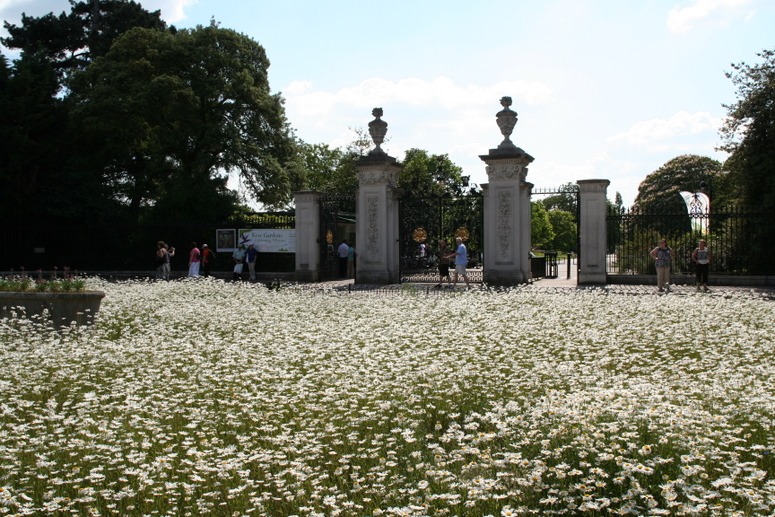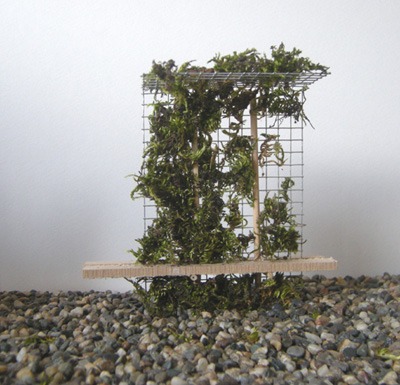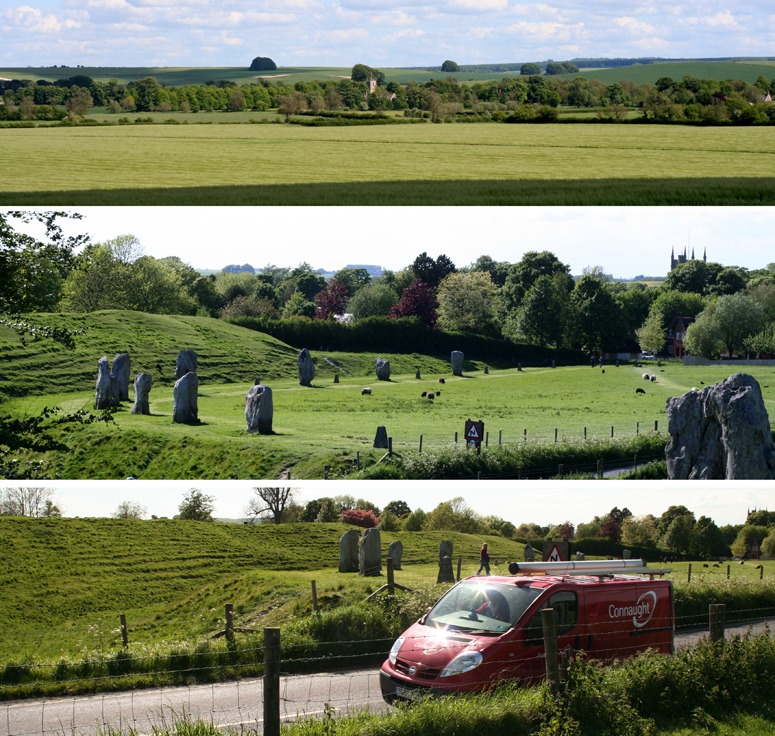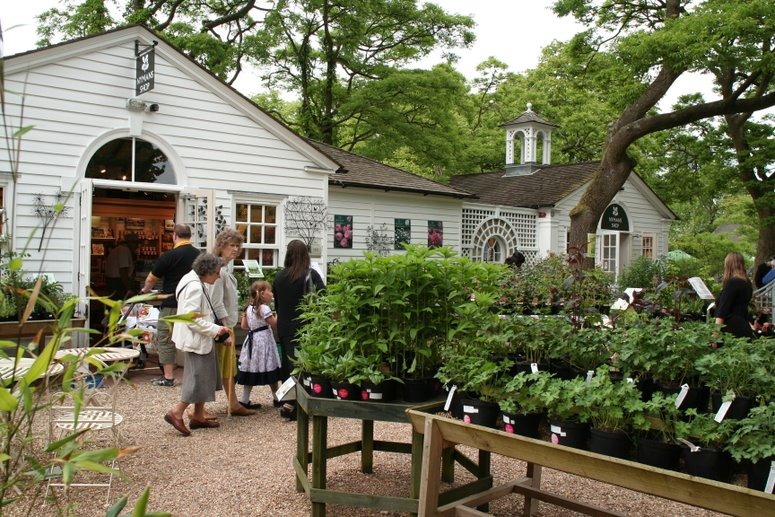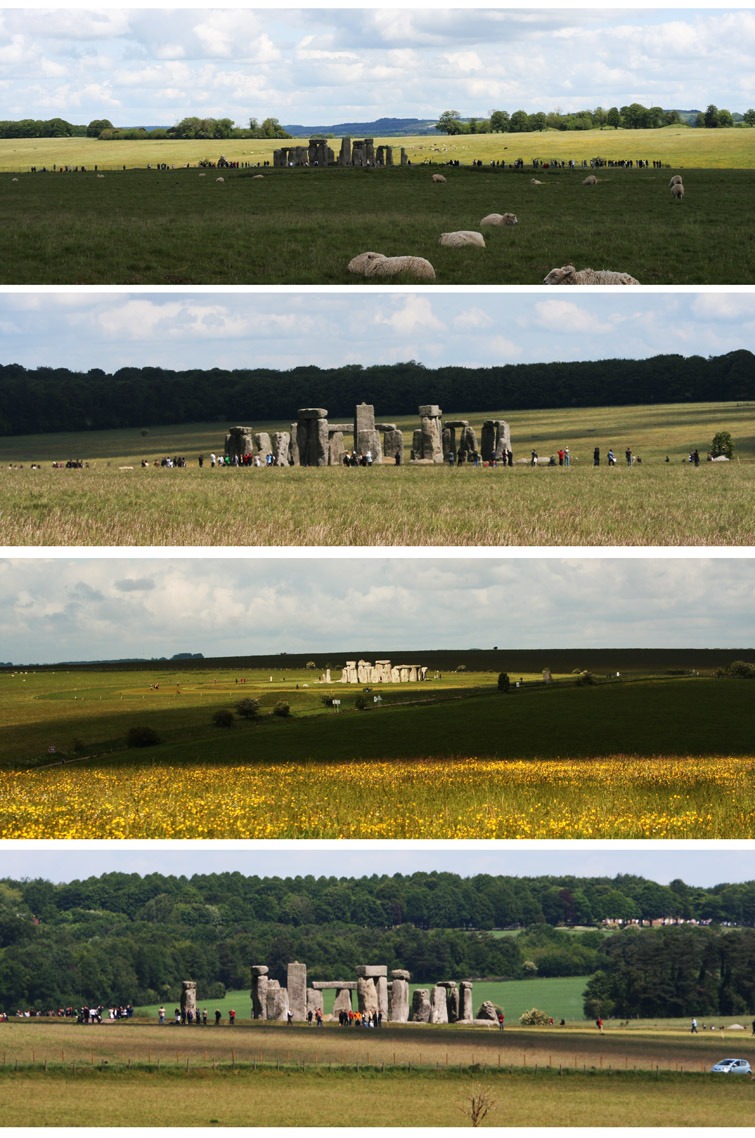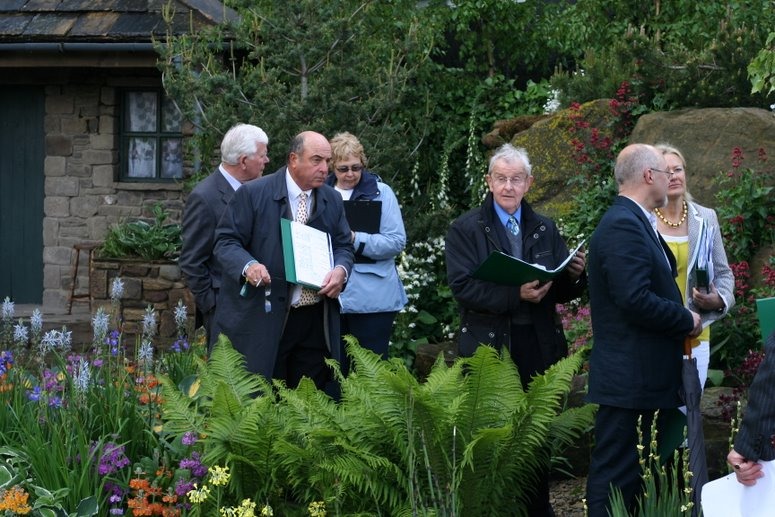Kew Gardens are 250 years old this year and far more beautiful and interesting than at the time of my first visit. But if the quality is twice as good as it was, it still less than half as good as it could be. I was therefore delighted to learn that an excellent landscape architecture firm (Gross Max, of Edinburgh) has been appointed to advise on the development of Kew Gardens.
The change which has made the greatest difference, so far, is the adoption of a ‘sustainable Kew’ policy. You see this in the wildflower meadow outside the main gate (photo above, taken today) and you see it in the long grass under the trees covering perhaps 50% of the garden area. The other big changes are the restoration of old features (eg the garden of Kew Palace) and the creation of new features, including the Sackler Crossing and the Tree Walk.
The two missing elements, which Gross Max may be able to provide, are a connection with the River Thames and an overall sense of spatial composition. The latter problem is difficult, because so much of the tree and shrub planting is ‘spotty’ and the new features are being dotted about like rides in a theme park. But the problems are not insuperable and I much look forward to seeing them resolved.
One other point: the increase in quality has has been accompanied by a rise in the entry price from one penny to thirteen pounds sterling. There being 240 old pennies in an old pound, this equates (see comment below) to an increase of three thousand one hundred and twenty percent. Kew will be a very great garden when the visual quality has risen proportionately!

